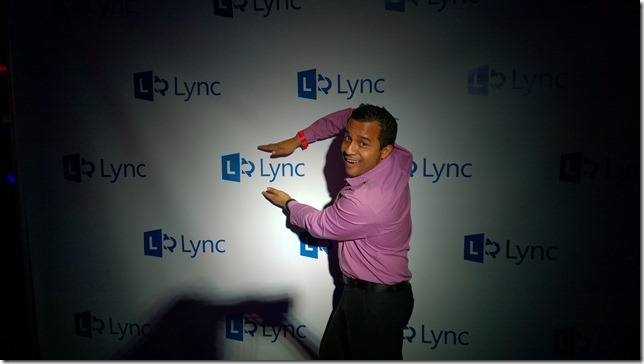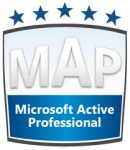>
Microsoft Communicator for Mac 2011 works with Microsoft Office Communications Server 2007 R2 to provide real-time collaboration between people in different locations. People can collaborate in real time by using several methods of communication, including instant messaging (IM), presence, Web conferencing, and audio/video (A/V) conferencing. Contacts that a user adds to his or her Communicator account can include coworkers in the same company and, if authorized, associates on federated networks.
IM conversations are not limited to conversations with other Communicator for Mac users. With Microsoft Office Communications Server 2007 R2, Communicator for Mac users can have IM conversations with contacts who use Office Communicator for Windows and public instant- messaging connectivity (PIC), such as AOL Instant Messenger (AIM), Yahoo! Messenger, and Windows Live Messenger.
What do users get with Communicator for Mac?
Rich Presence
By simply looking at a contact name and the presence icon associated with that person, you can see whether a person is available, in a meeting, or out of the office so you can determine the best way to communicate with them.
Presence can display user status which can be set by a user or automatically based on calendar, login status, and more. Users can gain greater context with data such as published phone numbers through a streamlined contact card experience.


Presence in other Office for Mac 2011 applications.
Communicator is integrated with Office for Mac 2011, which allows users to collaborate with their contacts by starting a conversation from these Office applications: Word, PowerPoint, and Outlook. The contact card shows the presence status for the contact in more detail, and gives users several communication options, such as sending an instant message, e-mail message, or meeting request, or starting an audio or video call.
Calendar-based presence.
Communicator offers new presence statuses to more accurately reflect whether someone can communicate with users at that time. Based on their Exchange calendar, Communicator sets a user’s status automatically. For example, if they are in a meeting, their status automatically changes to Busy (In a Meeting).
Desktop sharing
Through the built-in Desktop sharing feature, users can view someone’s desktop or share their own desktop to do a demo or collaborate on a document. Users share their desktop for more active collaboration, enabling remote colleagues to work together on documents, presentations, and spreadsheets as if they were sitting side-by-side. Create an instant messaging session that can be altered to add voice, video, and desktop sharing for an immediate and complete collaboration session.
Audio & video calls
Users can make computer-to-computer audio and video calls. They can also conduct conference calls by inviting multiple contacts to join the conversation. By using the audio and video calling features in Communicator, users can see and hear their contacts. This provides an experience that is similar to meeting in person.
Use your computer as a telephone. Communicator allows users to place calls by using a dial pad and call external phone numbers.
Virtual meetings
With Communicator, users can join a scheduled virtual meeting with colleagues and clients from down the hall or across the world, by clicking the meeting link provided in an Outlook meeting invite. They can join and participate in meetings directly and participate by viewing shared slides or audio connected to the meeting.
More details:












